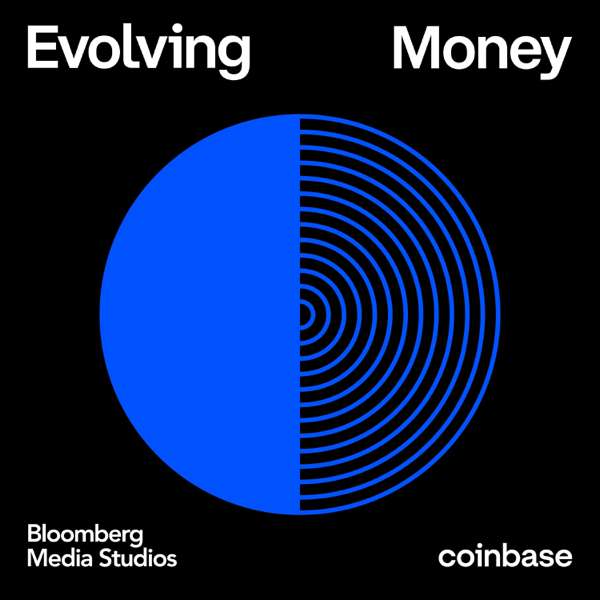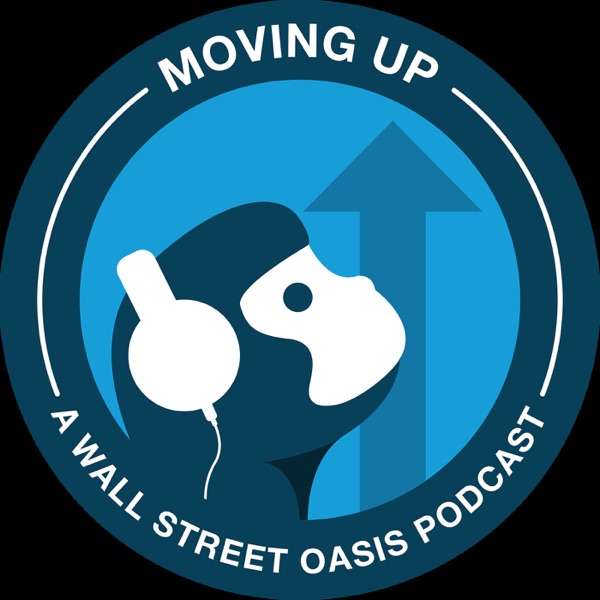In this episode, Melissa Perri sits down with Kate Towsey, an authority on research operations and author of "Research That Scales." They dive into the significance of research ops in aligning product strategy and operations within a company, emphasizing how research can provide strategic insights essential for product development and organizational growth.
Kate discusses the evolution and necessity of research ops, sharing her journey from content strategy to pioneering the field. She highlights how effective research ops facilitate knowledge management, ensuring that valuable insights are not just gathered but are used to inform business decisions across an organization.
Tune in to discover how Kate's insights can transform your approach to integrating research into product strategy and the benefits of a well-structured research ops framework.
You’ll hear us talk about:
- 08:20 - Solving Recruitment Pain Points
Kate elaborates on the common starting point in research ops: participant recruitment. She discusses how managing this aspect effectively can impact product managers, researchers, and designers by enabling more seamless customer interactions.
- 28:52 - Democratizing Research through Collaboration
Melissa and Kate explore the importance of collaboration between product managers, UX designers, and researchers. They argue that while each role has its specialties, working together can democratize research and lead to better product decisions.
- 42:40 - Breaking Down Silos Between Teams
The discussion turns to the silos that exist within organizations, especially between product marketing and product management. Kate and Melissa share strategies for overcoming these divides to improve customer insights and product outcomes.
Episode Resources:
- Find Kate on LinkedIn: https://www.linkedin.com/in/katetowsey/
- Purchase Kate's book, "Research That Scales," on Amazon: https://www.amazon.com/Research-That-Scales-Operations-Handbook/dp/1959029223/
- Subscribe to the Product Thinking Podcast newsletter for more insights here: https://productinstitute.kit.com/2c8b2a0136
Listen to the full episode to learn more about incorporating research ops into your strategy.
Timestamps:
00:00 Highlights
00:56 Intro
02:20 Dear Melissa
06:57 Kate Towsey's Journey into Research Ops
10:46 Understanding Research Operations
16:14 Challenges in Conducting Customer Research
23:38 The Shift of Research Ops to a Strategic Role
32:06 Collaboration in User Research
35:49 Right Tools to Scale Research
42:40 Research Ops and Product Ops Synergy

 Our TOPPODCAST Picks
Our TOPPODCAST Picks  Stay Connected
Stay Connected







